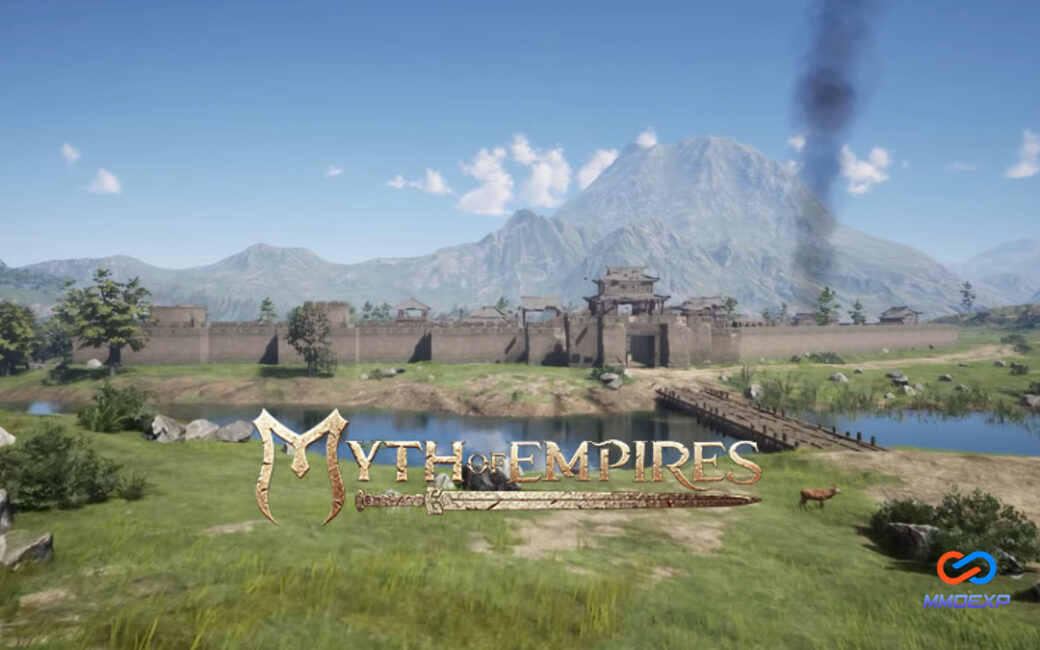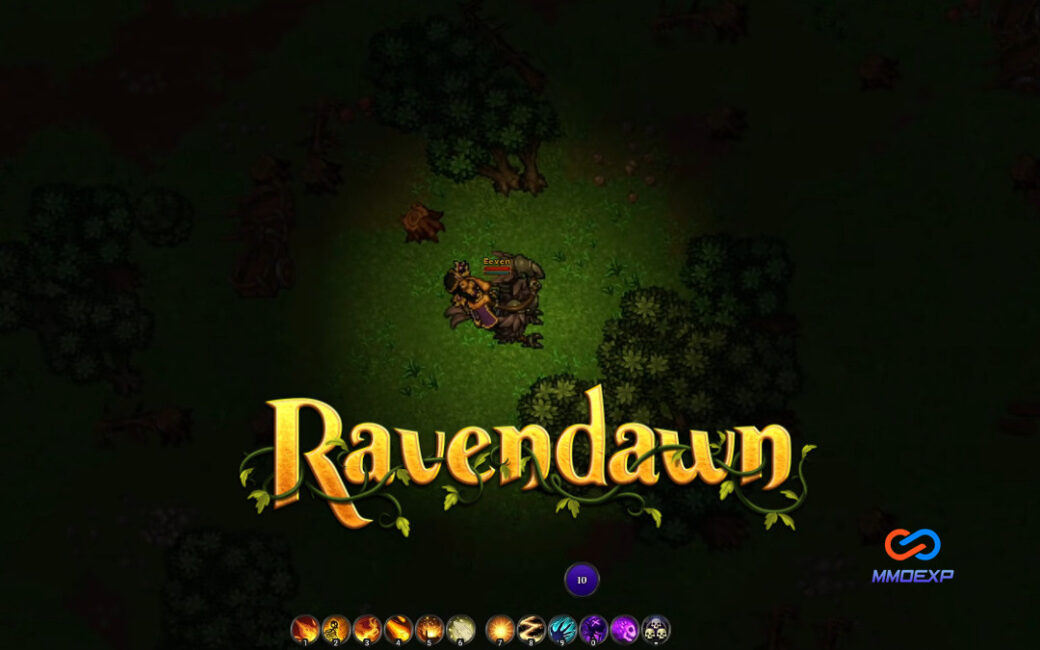Welcome to the enchanting world of Ravendawn Online, where the thrill of exploration and strategic decision-making converges. I’ve been embarking on epic journeys in Ravendawn since day one. Today, I’m excited to share insights into one of the game’s crucial aspects – housing. Join me as we delve into the intricacies of claiming land, avoiding common pitfalls, and maximizing the benefits of owning your piece of this virtual paradise.
The Finite World of Ravendawn:
In the expansive realm of Ravendawn, the availability of land is finite, adding an extra layer of excitement to the game. As players, we must navigate this dynamic landscape to secure our own space, and today, we’ll explore the process of claiming land and the essential steps you need to take.
Claiming Your Piece of the World:
The first step in securing your slice of Ravendawn is reaching Legacy Level 25. Upon achieving this milestone, you’ll be rewarded with a precious land deed. Armed with this deed, you’re ready to stake your claim.
Navigate to the housing viewer on the map, select your desired region, and assess the availability of houses. It’s important to note that different regions may have varying levels of housing options, and prime locations near major cities may be more sought after.
Once you’ve identified a suitable location, enter house mode and look for the elusive “Claim Land” option. In a recent stream, I encountered a minor hiccup, as the claim option was obscured by my health and mana bars. A quick adjustment to the UI resolved this issue, emphasizing the importance of being attentive to these details during the process.
Avoiding Common Mistakes:
Having claimed your land, the next crucial step is deciding how to position your house. Here’s where I made a misstep, choosing a less-than-ideal placement that limited my future options. To ensure you don’t face similar challenges, take time to consider your house’s orientation and location.
Some savvy players have demonstrated excellent foresight in maximizing their land usage. Placing the door strategically allows for optimal placement of crops, crafting stations, and other essential elements. Learn from their wisdom and ensure you make the most out of your virtual real estate.
Upgrading Your Haven:
As you progress in Ravendawn, the opportunity to upgrade your house presents itself. Utilize Raven Crest emblems earned through various in-game activities, along with raw planks and nails obtained through blacksmithing, to enhance your living space. Keep an eye out for new opportunities to upgrade and customize your house, making it a true reflection of your character’s journey.
Financial Considerations:
Upgrading your house comes at a cost, so managing your in-game finances is crucial. Don’t make the same mistake I did; ensure you have sufficient Ravendawn silver before attempting any major upgrades or changes to your housing setup.
Community Instance Housing:
For those who may have missed out on open-world housing opportunities, Ravendawn developers have assured players that housing will eventually be added to the Community Instance. While details are scarce, this feature promises an alternative for players unable to secure traditional open-world housing.
Teleportation and Decorative Delights:
Owning a house in Ravendawn isn’t just about claiming land and upgrading facilities. Your haven serves as a convenient teleportation point, with a 30-minute cooldown. Additionally, the ability to decorate your space allows for personalization and immersion in the virtual world.
Conclusion:
In conclusion, housing in Ravendawn Online is a multifaceted aspect of gameplay that goes beyond mere aesthetics. It involves strategic decision-making, financial management, and careful consideration of your character’s journey. By following the tips and insights shared in this guide, you’ll be better equipped to navigate the intricacies of housing in Ravendawn, ensuring that your virtual haven becomes a true reflection of your in-game adventures. Happy exploring!





